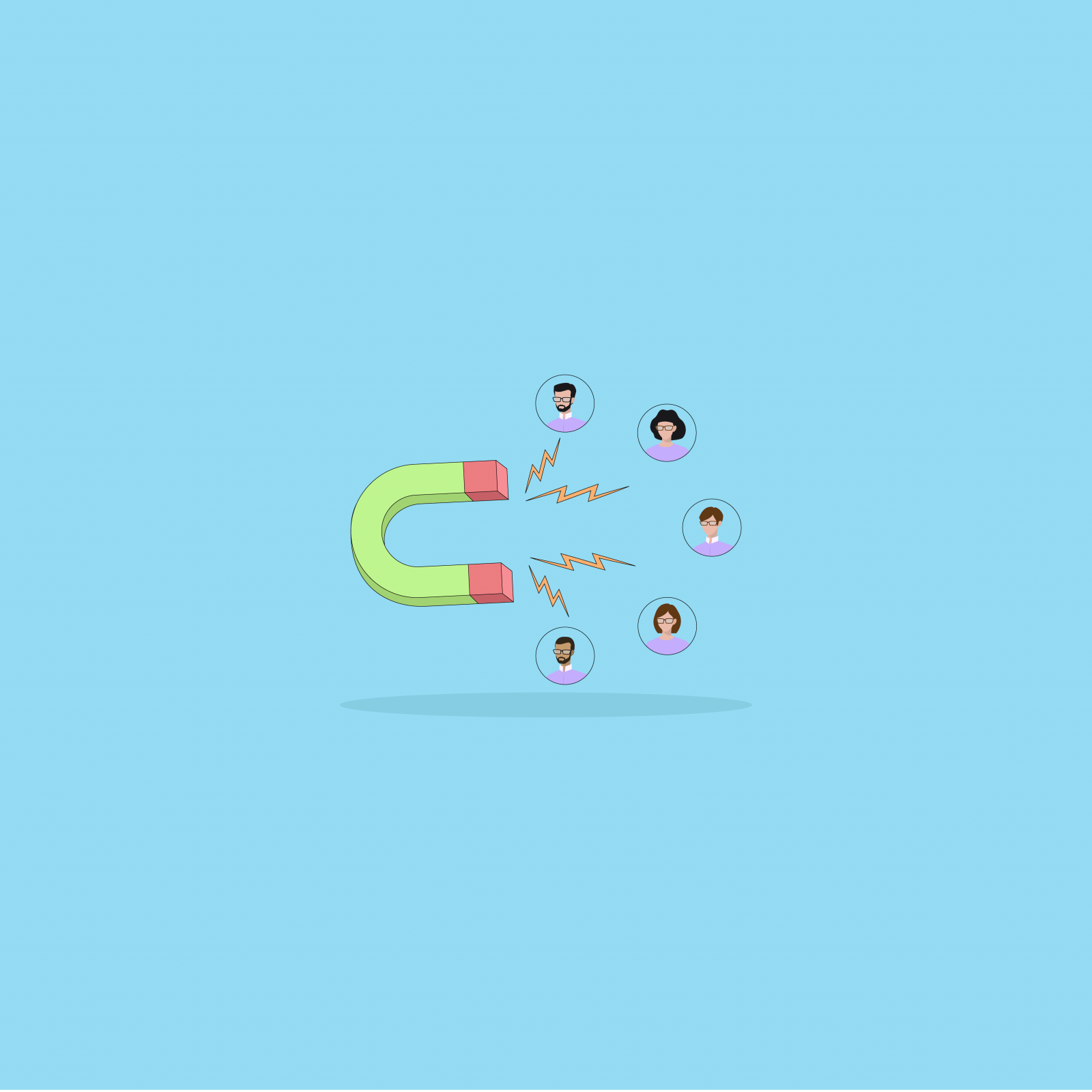Our websites use cookies. By continuing, we assume your permission to deploy cookies as detailed in our Privacy Policy.
Why Is Customer Engagement Important?
It’s essential to provide an enjoyable shopping experience from the beginning to the point of post-purchase to encourage the customer to interact with you along the way.
Key Takeaways
- Customer engagement is a key determinant of success in business.
- It increases revenue and improves retention while encouraging impulse purchases.
- Customers are more likely to engage with interactive content.
- Tailoring your content through personalisation establishes a bond between a customer and a business.
What is Customer Engagement?
Simply put, customer engagement refers to the ongoing interaction between a business and a customer through different channels in various ways. This is the first part of our customer engagement blog series and as we dive deeper and explore different aspects of the term, it will naturally gain a broader meaning.
Why Should You Pay Attention to Customer Engagement?
When a customer is engaged, you can assume that you managed to establish an emotional bond in between. That means you will most likely be the first they’ll remember and resort to when they want to buy something. We can say then that customer engagement is a significant sign of customer retention and revenue.
Another thing you should know about customer engagement is that it increases the amount of reaction to your content. An engaged customer brings along their likes and comments, feedback and suggestions, which helps you reach out to larger audiences.
4 Benefits of Customer Engagement
1. Encourages Impulse Purchases
Although it gives the impression that these are one-time purchases driven by emotion, engagement plays a significant role in impulse buying.
When customers impulse buy a personalised recommendation which is most probably what they need or want, the chances are that they won’t regret their purchase. They will feel closer to your business since you have created a relatable customer experience for them.
2. Decreases Returns
Customer engagement leads to fewer returns for the same reason that makes impulse purchases work: a good personalisation strategy. A high sales volume doesn’t mean you will get an equally high number of returns. If you have an efficient personalisation tool, you can make relevant recommendations and show customers what they already need. This will minimise the number of possible returns.
Impulse purchases probably have much less to do with emotion and more to do with the fact that the customer realises it’s something they truly want – hence the high rates of satisfaction and fewer returns.
3. Boosts Revenues
Customer engagement is about making a customer feel satisfied with their purchase. But it doesn’t end there. Seeing that a business comes back with a response or solution to their feedback is another thing that will make the customer buy more and, further, recommend your business to others.
Customers don’t just make purchases they weren’t planning on or purchase more, in general. Many customers report having spent more because of a shopping experience that engaged them personally.
To spice it up, here is an interesting statistic for you: Companies that invested in customer engagement have seen a 70% increase in revenue.
4. Improves Retention
There is a direct correlation between customer engagement and retention. Customer engagement, especially when established through personalisation, keeps customers loyal to the business. They become more likely to keep buying from you and less likely to go to competitors.
Types of Customer Engagement Strategies
We will elaborate on these customer engagement strategies in our next article in the series, but before that, we would like to touch upon them briefly to paint a clearer picture next time.
Social Media
Having an online presence and getting in touch with your customers on social media has become more than an eligibility factor. It is now a must-have for your business and, thus, for customer engagement.
Expanding your customer service to social media, conducting competitions among your followers, and creating interactive content will strengthen your game and both build and increase brand awareness.
Loyalty Programs
Customers participating in loyalty programs means that customers are more open to offerings that will come from you, more inclined to recommend your brand, more responsive to your content, and ready to spread the word for you.
Moreover, the rewards and points you will offer the customer occasionally appeal to their reward system, making it harder for them to churn.
Gamification
Getting a customer to interact with your content is generally hard, but gamification makes it easier for you. Implementing game-like mechanisms into your content will make them more attractive and fun for customers to participate in. This will ensure ongoing engagement and increase the number of active followers.
Personalisation
We already mentioned that personalisation is key to successful customer engagement. As much as it increases revenue and average order value, personalisation shows customers that you know and care about their needs and interests.
Seeing your unique recommendations assist them as if they have a personal assistant by their side leaves them satisfied and makes you stuck in their minds. That is one of the ways you connect with your customers.
Time is Running Out
The term “customer engagement” has been around for a long time now, and many companies already invest in optimising customer engagement. As competition between companies becomes tighter, few things are left to leverage as differentiators. The brand loyalty you create by interacting with customers through various channels will make you stand out among the competitors.
Stay tuned to learn more about customer engagement and how to step up your game to stand out among your competitors.





